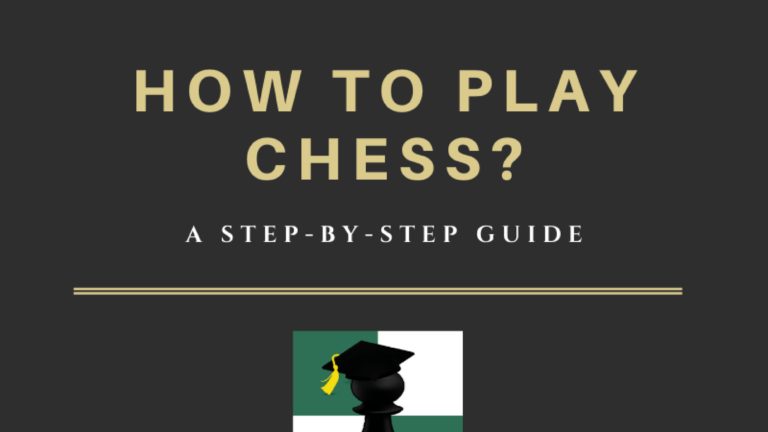Chess is one of the oldest & most popular board game, the world has ever seen! It is a game of planning, determination & commitment!
The game of Chess, earlier known as ‘chaturaṅga’ was originated in India before the 6th century AD.
NOW, chess has become a part of our lives. From small children to senior citizens, millions of people across the globe play chess daily!
Do you know how to play chess?
No matter how old you are, it’s never too late to learn chess…
We have created a step-by-step guide to teach you – How to Play Chess (rules of chess, how chess pieces move and basic strategies of chess)
Learn chess by playing – A Step-by-Step Guide




